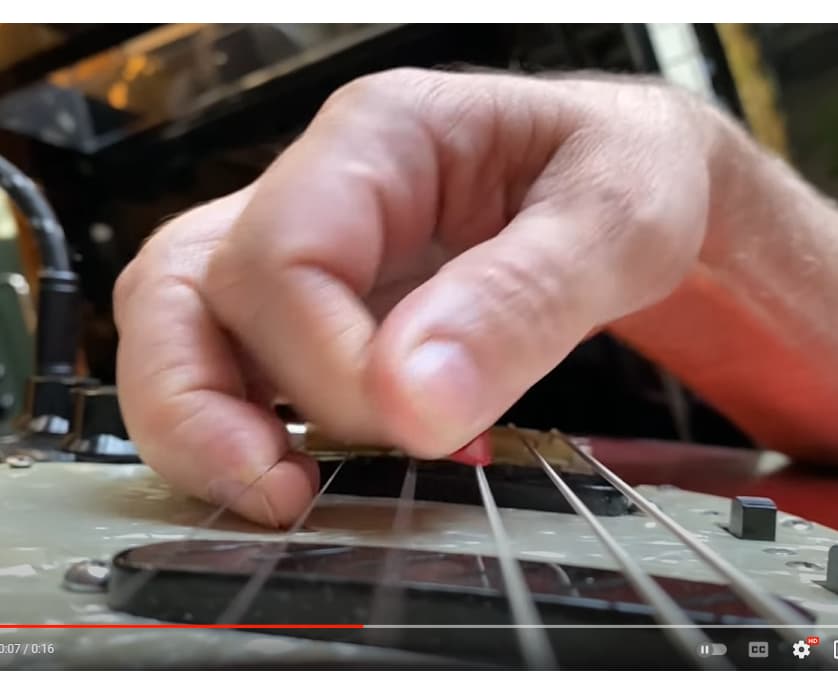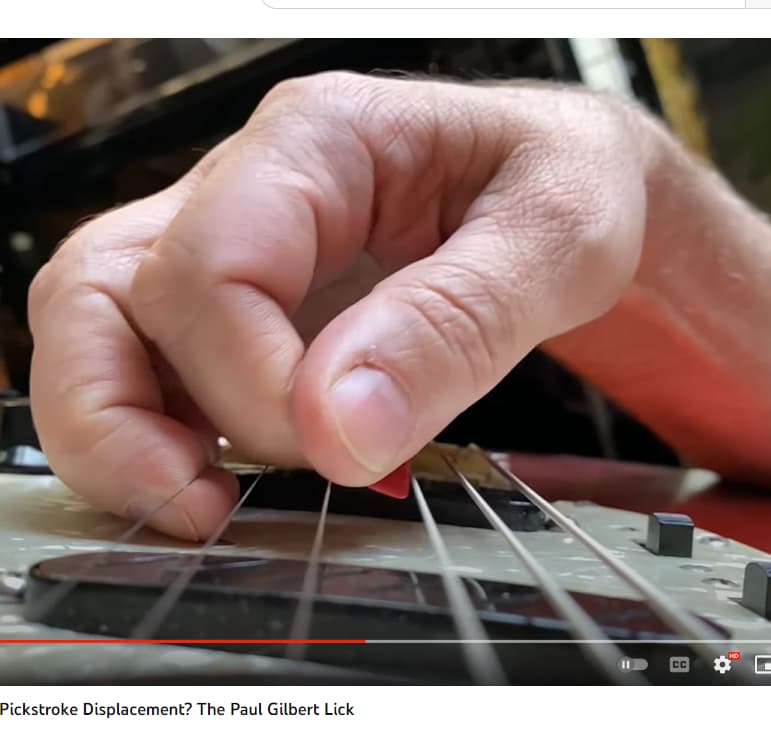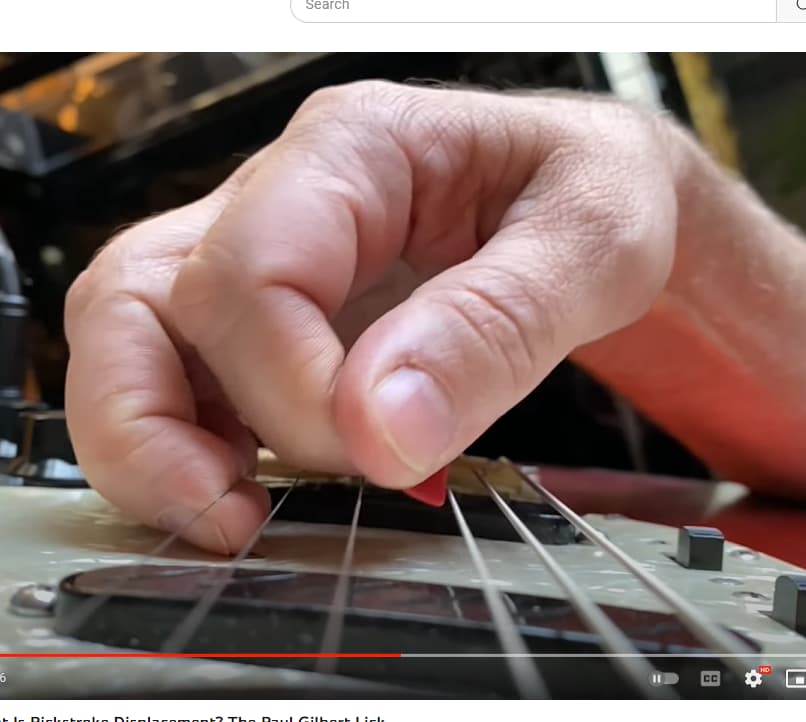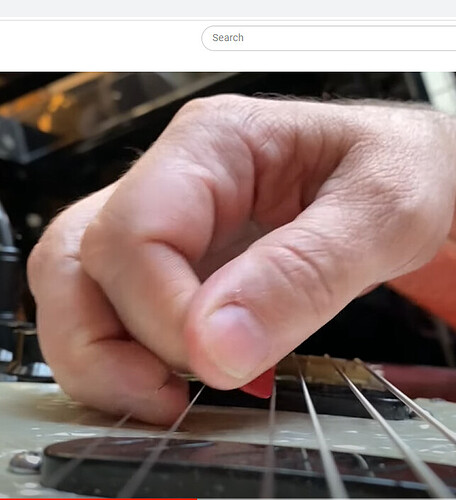Seconding the recommendation for relentlessly trying different picks. I started off with playing with the ubiquitous purple 1.14mm Dunlop tortex picks, the ones with the turtle on them. I can’t tremolo pick faster than like 11 notes/second with them.
I use the Andy James signature Dunlop flow picks and I can pick at my fastest, 14-15 (depending on the day and caffeine intake) notes/second with them, because I get the least string resistance with them. I’ve tried other kinds of flow picks, jazz iii, you name it.
It’s worth mentioning that every shredder ever seems to use jazz iii picks, which I haven’t had too much luck with. They still have more string resistance than I like, but again, every shredder ever seems to swear by them. I mostly play rock and metal on electric, with a little bit of bluegrass flatpicking, and I use the flow picks for everything.









